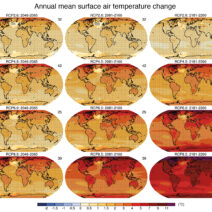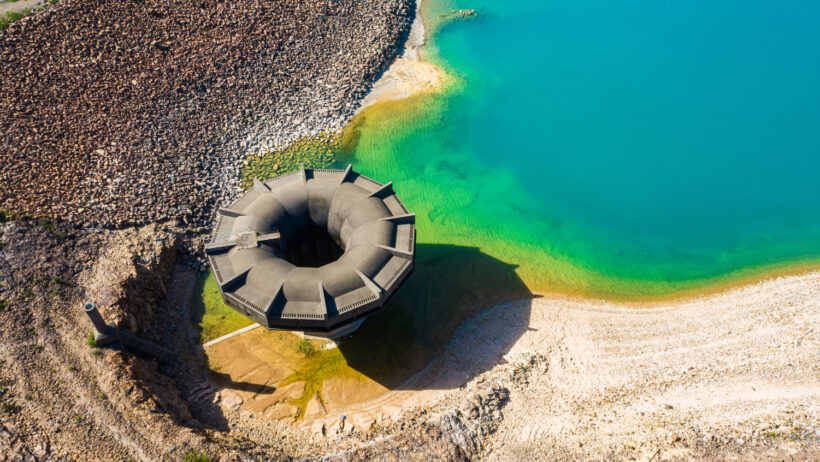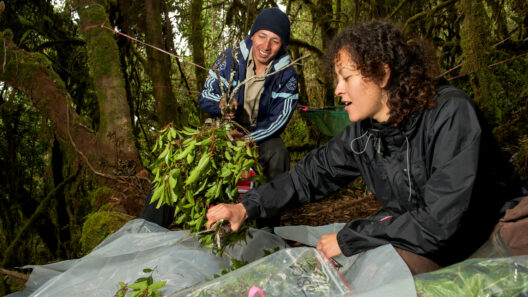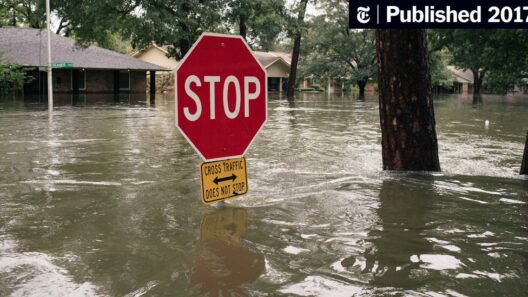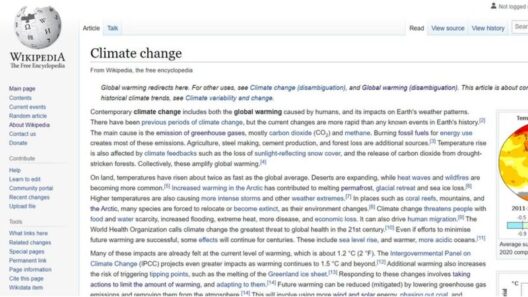In a world increasingly governed by climate variability, the juxtaposition of water-soaked areas against drought-stricken zones raises an intriguing question: Can these disparate regions share water resources effectively? This inquiry not only piques curiosity but also reveals a plethora of challenges and opportunities inherent in water management, environmental policy, and community resilience.
Water is a precious resource vital for sustaining ecosystems, agricultural productivity, and human health. The stark contrast between regions that are inundated with precipitation and those thirsting for moisture underscores a systemic imbalance that characterizes much of our planet today. Could there be a mechanism to facilitate the transfer of water from areas abundant in it to those in dire need? This concept may seem straightforward, yet it is wrought with complexities.
At the heart of this discussion lies the hydrological cycle—a dynamic and intricate system through which water moves through the atmosphere, land, and bodies of water. Water-soaked areas are typically rich in aquifers, lakes, and rivers. These water bodies are often regulated by natural barriers or artificial constructs that allow for temporary storage and distribution. The concept of reallocating water from these areas to drought zones is alluring but fraught with ecological and logistical challenges that merit examination.
One significant consideration is the environmental impact of diverting water from its natural course. Riparian ecosystems, which flourish along waterways, depend on predictable water flow. Altering these patterns could inadvertently affect biodiversity. Species adapted to specific habitats might struggle to survive if their environments change too drastically. Therefore, before contemplation of such resource-sharing mechanisms, a thorough environmental impact assessment is paramount.
Additionally, social and political facets must not be overlooked. Water is often deeply embedded in local cultures, with communities holding a vested interest in the management of their resources. Transferring water from one region to another may spark conflicts over rights and entitlements. How do we address these disparities? Facilitating dialogue among stakeholders, ranging from local governments to indigenous tribes, becomes crucial in making any water-sharing initiative a reality. The challenge of balancing equity with ecological integrity is daunting yet necessary.
In exploring potential solutions, innovative technologies present themselves as promising allies. Desalination, water recycling, and advanced irrigation techniques are all at the forefront of modern water management strategies. Desalination, for instance, can provide a supplemental source of fresh water for arid regions; however, it is energy-intensive and costly. Water recycling, on the other hand, reduces demand on natural water sources by reusing treated wastewater for irrigation and industrial processes. The question remains, though: Can these methods be integrated with existing water-soaked resources to create a cohesive management framework that benefits both parties?
Moreover, infrastructure plays a critical role in the logistics of water transfer. Investment in transport systems—such as pipelines, canals, and reservoirs—capable of moving water efficiently is essential. However, such projects do not come without their own set of challenges. They demand significant financial resources and a comprehensive understanding of hydrodynamics and topography. Additionally, the construction of such infrastructure could potentially disrupt existing ecosystems, requiring careful planning and execution.
Furthermore, we must consider the implications of climate change. Altered weather patterns have led to unpredictable rainfall and prolonged periods of drought, making resource forecasting increasingly problematic. This volatility necessitates adaptable management strategies that can respond to both immediate and long-term shifts in water availability. Communities in water-rich areas must recognize their role in this broader context—commit to sustainable practices that will ultimately protect their own resources while assisting those in need.
Engaging local communities in decision-making processes can also foster a sense of stewardship and enhance resilience. By promoting awareness and education on water conservation practices within water-soaked regions, we can cultivate a more sustainable relationship with this invaluable resource. Additionally, such initiatives may inspire innovative approaches to deal with drought conditions, thereby creating a vivid tapestry of solutions woven from a variety of experiences and ideas.
The intersection of technology, infrastructure, community engagement, and ecological considerations forms a complex matrix through which the question of water-sharing must be navigated. Perhaps the most pressing challenge lies in fostering collaboration among regions with contrasting water statuses. Could interstate compacts, much like those established for river basin management, evolve to include initiatives for inter-regional water sharing? This prospect might incite both enthusiasm and trepidation in equal measure.
Ultimately, the endeavor to establish a system where water-soaked areas share resources with drought zones necessitates a paradigm shift. It requires an acknowledgment that water scarcity is not merely a local issue—it is a global challenge that demands collective action. Finding balance in an imbalanced world will necessitate innovative thinking, robust communication, and unwavering commitment to sustainable practices.
As we stand on this precipice, we must ask ourselves: Are we prepared to forge partnerships that transcend geographical boundaries? Will we value the interconnectedness of water resources, recognizing that the fate of our ecosystems hangs in the balance? These questions must fuel our quest for solutions in the face of dualities characterized by abundance and scarcity.
